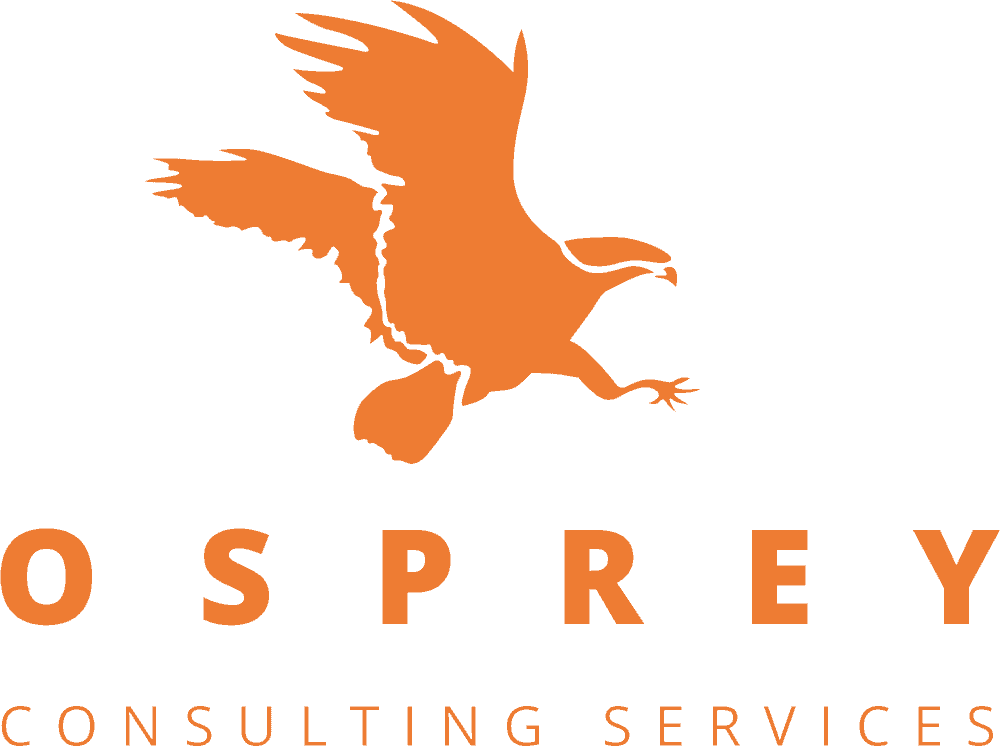According to evidence given to a European Commission hearing¹, air traffic control constitutes between 20-50 per cent of the costs of running an airport.
Increased use of technology is recognised as one potential route to decrease costs. However, there are also opportunities to achieve reductions in operational expenditure as a result of the procurement of Air Navigation Services (ANS) through a competitive tendering process.
The ATM Policy Institute² argues that competition for tower services is broadly considered to be a success, generating savings of around 50% in Spain and 30-40% in Sweden, and encouraging an incumbent ANSP in the UK to become more customer-centric, adopt cost-saving measures and accept performance-linked payments³. Importantly, these improvements have been made without jeopardising the provision of a safe and efficient service.
Whilst the case for competition may be compelling, airport management teams often do not have the luxury of the additional spare capacity to look at ANS supply options early, or have awareness of the time needed to plan and undertake an effective procurement process, stimulate competition and maximise the benefits to customers, users and shareholders.
A review of procurement exercises in the UK has highlighted key lessons identified that will benefit the wider airport community with respect to forming future ANS strategies and contemplating competition as an option.
Objectives
Whilst Regulators may encourage competition, it should be executed with clear intent regarding desired outputs, as opposed to being simply routine custom and practice. In addition to straightforward cost reduction, these could include the exploitation of the capabilities provided by new technology; creating a change in the supplier relationship from simple contractor to genuine partner; or identifying opportunities for capacity growth or operational efficiencies.
To fully capture all the goals of the activity, it is important to understand both strategic business imperatives, as well as operational needs, therefore the requirements capture exercise needs to be “top down”, with engagement at CEO/ COO level, as well as “bottom up” working with the teams responsible for day to day delivery.
Risk management
It is important to any identify risks and issues associated with existing service provision at the airport. This can include intellectual property generated through ANS delivery and the infrastructure used. Understanding the ownership, value and rights of these assets will help establish strategies to address any potential issues through an effective procurement process. Similarly, an understanding of any delegated or subcontracted services provided by or to the current ANS provider will also need to influence the design of the tender documentation.
Procurement process
Success is enhanced by the early engagement of domain specialists to not only lighten the load on airport management teams, but also help everyone involved understand the elapsed time required to create the competition strategy, identify the most effective procurement method, compete the processes and transition to alternative service arrangements. The creation of a clear procurement plan with program decision milestones not only focus thinking, but facilitate effective communications and engagement with all stakeholders, such as the airport board, regulators, and the wider industry.
The lessons learnt outlined above are the result of joint working between Osprey, APUS, and Northstar, three organisations with a breadth of experience managing procurement processes, delivering and tendering for ANS contracts, and safety engineering management and planning.
Tender management experience within the group include recent competitions at Gatwick, Edinburgh, Cardiff, Luton and Birmingham, utilising tried, tested and continuously enhanced processes, which have delivered investment payback to clients measurable in weeks after the transition to new ANS contractual arrangements.
Even if not considering an immediate competitive tender process, the members of this specialist group can assist airports in meeting their strategic objectives either on a one to one or workshop basis in the following ways:
- Providing education on the specialised nature of this procurement process
- “Red teaming” existing ANS provision strategies
- Developing a future ANS strategy 2-3 years before any potential competition
- Advising on the nature and timing of regulator engagement, particularly where service provision may be complicated
For further information feel free to contact the author, John Swift, or either George Tosh from Northstar, or Rich Connelly of Osprey.
References
¹ European Commission hearing on the preparation for RP3 – (Dec 2016)
² The case for liberalising air traffic control – The ATM Policy Institute – (2016)
³ Thompson, I, Pech, R et al ‘An Assessment of Delivery Changes for UK Terminal Air Navigation Services’ in Journal of Air Transport Management 57 (2016)

